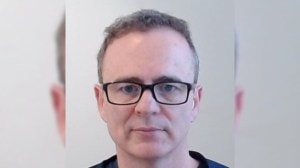-
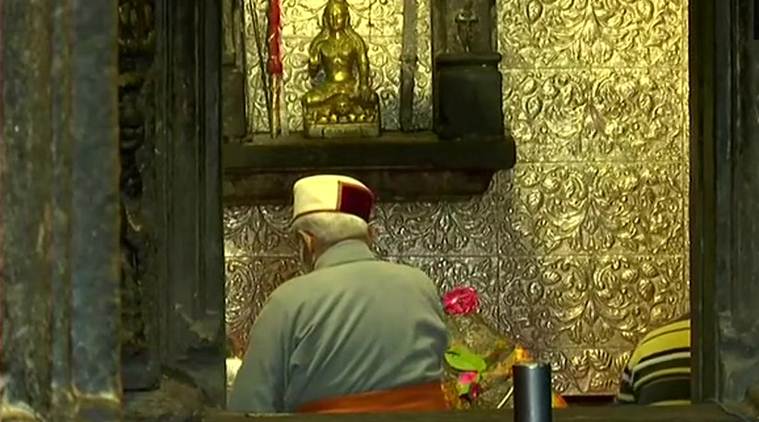
Prime Minister Narendra Modi on May 23 won a resounding victory for a second term in office, as his message of nationalism, security, Hindu pride and a New India was wholeheartedly embraced by voters across large swathes of the country. The swearing-in ceremony to take place tomorrow in presence of mnay political leaders. Now, after his swearing-in, he will need to deftly navigate a trade war between the United States and China and rising tensions between the US and Iran, an important source of cheap oil for India's fast-growing economy. Modi will also face pressure to protect India's traditional sphere of influence in South Asia. As Modi returns to power for another five years, global leaders are looking to India to take on a larger burden of responsibility in the world, acting as a security buffer in the Indo-Pacific, opening its markets and responding to climate change, even though Modi struggled to manage many of India's domestic issues in his first term. Let us take a look at the challenges he will face in his second term:

Narendra Modi won a second term in office in May 2019, but he will now be required to navigate deftly in a climate of deteriorating trade relations between the United States and China and its fallout on India and rising tensions between the United States and Iran. Lalit Mansingh, a former Indian ambassador to Washington, said foreign policy has been one of Modi's most pronounced achievements, as he pursued it with vigor "that we have not seen in any other prime minister so far." He also said that maneuvering in the current international situation will be quite a challenge for Modi. The US wants India to act as a counterweight to Beijing to prevent the rise of Chinese hegemony in Asia, but it also wants the Modi administration to lower barriers to trade. <br /><br /> In this June 26, 2017, file photo, US President Donald Trump and PM Narendra Modi shake hands after making statements in the Rose Garden of the White House in Washington. (AP Photo) 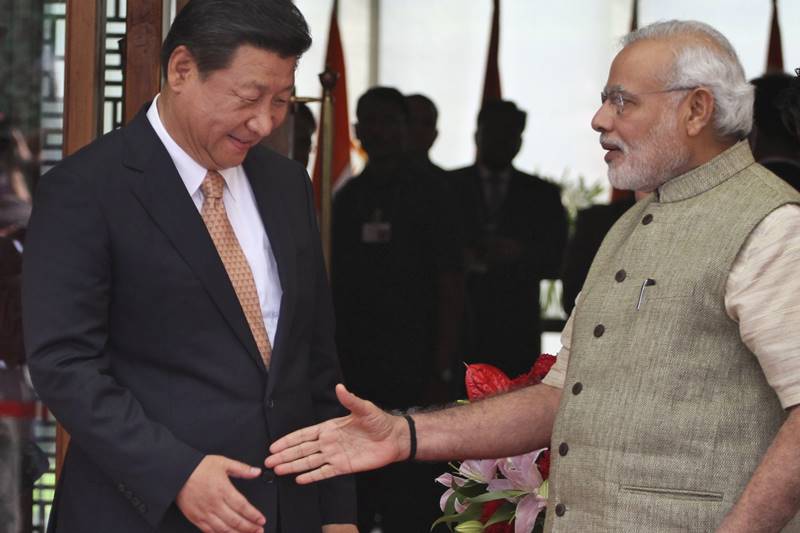
India faces challenge from China as it is continuing to encircle India, carry on with the belt and road initiative and befriend its longtime rival Pakistan. Modi has carefully cultivated ties with President Xi after a 2017 border standoff over Chinese construction of a road in Doklam near a tri-border area with Bhutan. India and China fought a bloody war in 1962 over a border dispute that continues to simmer. But their relations have shown a thaw with Beijing recently deciding against blocking the designation of Pakistan-based Masood Azhar as a global terrorist. <br /><br /> In this September 17, 2014, file photo, Prime Minister Narendra Modi, welcomes Chinese President Xi Jinping, upon his arrival at a hotel in Ahmadabad. (AP Photo) 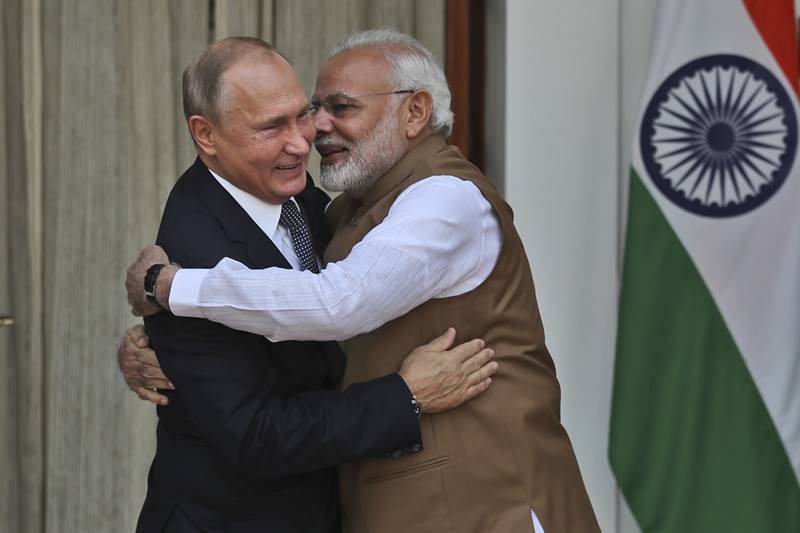
Russia's improving ties with Pakistan and China pose a challenge to Modi to use his influence with President Vladimir Putin to avoid any setback to the relationship between the two countries who have been friends since the Cold War era. <br /><br /> In this October 5, 2018 file photo, Prime Minister Narendra Modi, hugs Russian President Vladimir Putin before their meeting in New Delhi, India. (AP Photo) 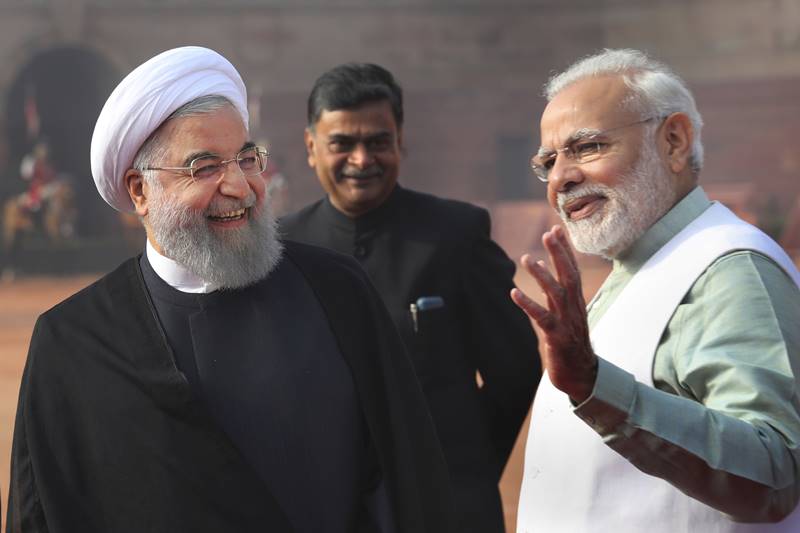
Modi will be required to navigate deftly in rising tensions between the United States and Iran. With Trump administration scaling up sanctions on Iran and ending waivers for countries including India that import Iranian goods, India must replace its third-largest source of imported oil. The fear of a further conflagration in the Gulf region could make oil more expensive and threatens the security of 7 million Indians working as migrant laborers. It's an extremely difficult and challenging position for India. <br /><br /> In this February 17, 2018 file photo, Prime Minister Narendra Modi, talks to Iranian President Hassan Rouhani, during a ceremonial reception for Rouhani at the Rashtrapati Bhawan. (AP Photo) 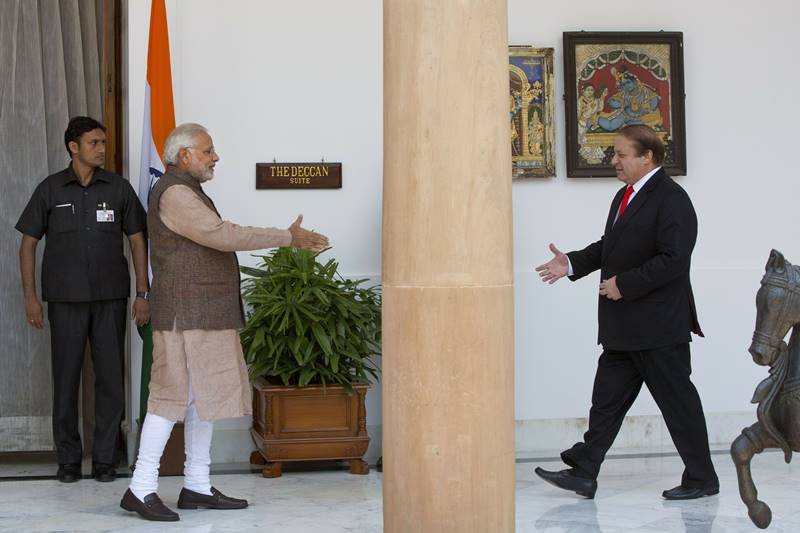
In 2014 swearing-in ceremony, Modi had invited then-Pakistani Prime Minister Nawaz Sharif. Member states of the South Asian Association for Regional Cooperation (SAARC), including Afghanistan and Maldives had also attended the ceremony. However, Nawaz Sharif had to face backlash in Pakistan for attending PM Modi's swearing-in ceremony. But this time, Narendra Modi decided not to invite Pakistan PM Imran Khan though it should be noted that government has invited leaders from BIMSTEC countries to Prime Minister Modi's inauguration, leaving out Pakistan, which is not a member of the regional grouping. BIMSTEC includes Bangladesh, Myanmar, Sri Lanka, Thailand, Nepal and Bhutan. <br /><br /> In this May 27, 2014 file photo, Prime Minister Narendra Modi, walks to shake hand with his Pakistani counterpart Nawaz Sharif before the start of their meeting in New Delhi, India. (AP Photo)
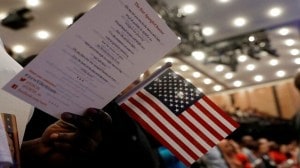
US announces a hike in immigration fees, stops accepting paper check and money order payments
